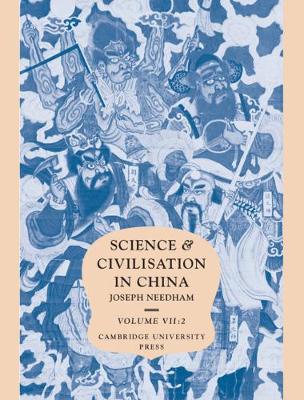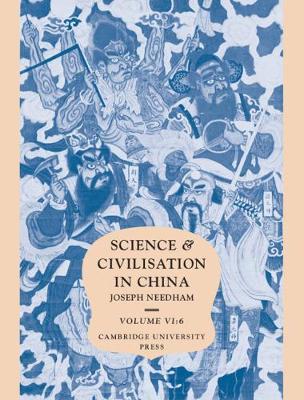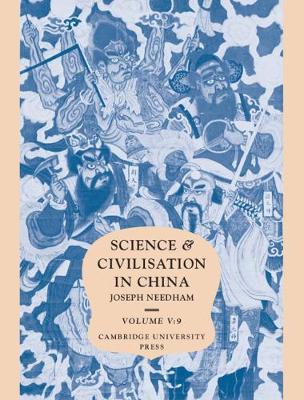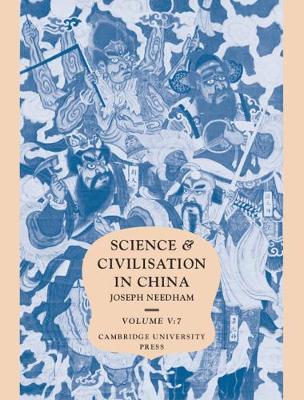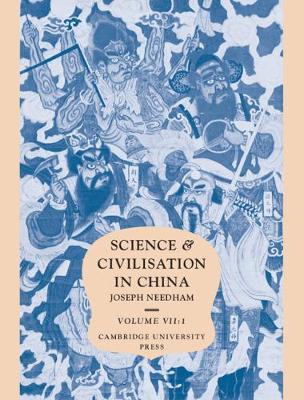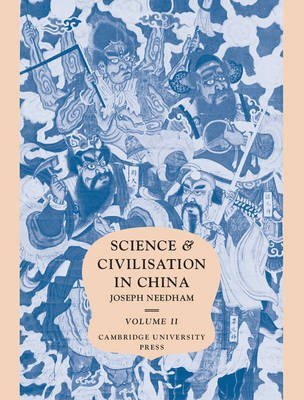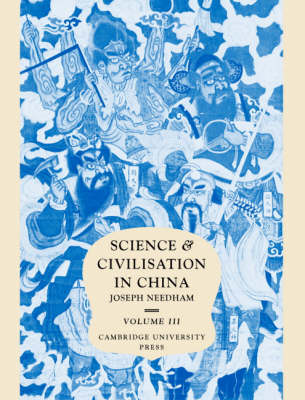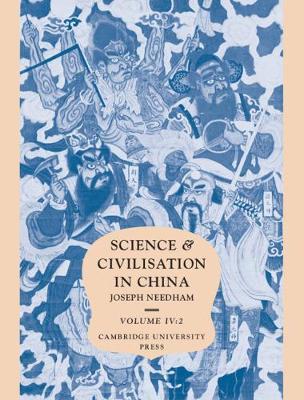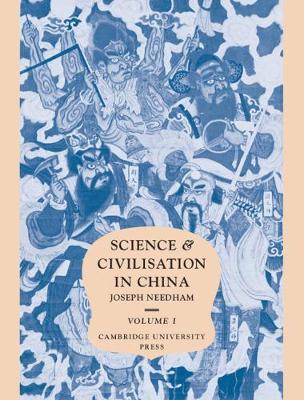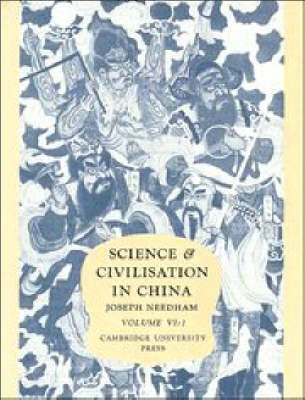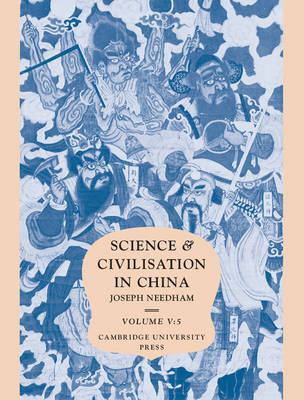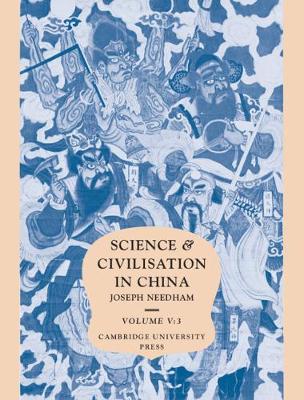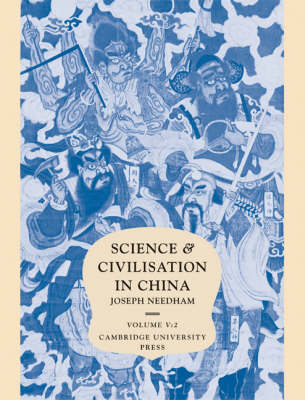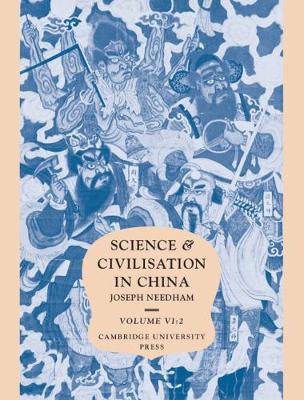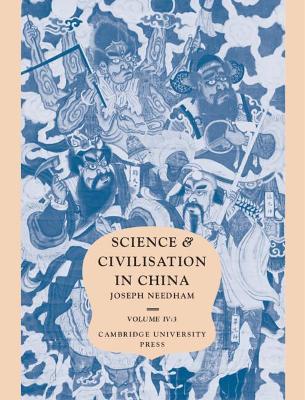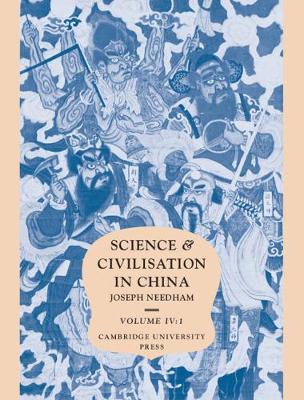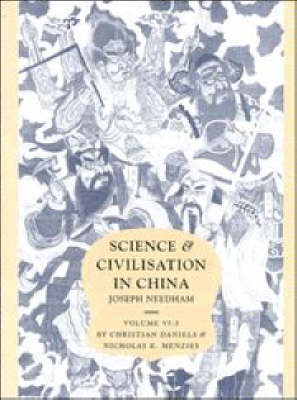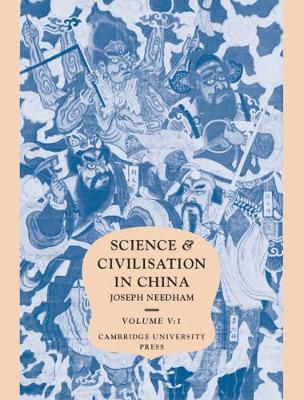Science and Civilisation in China
19 total works
Volume 7, The Social Background, Part 2, General Conclusions and Reflections
by Joseph Needham
Science and Civilisation in China, Part 9, Textile Technology: Spinning and Reeling
by Joseph Needham and Dieter Kuhn
Science and Civilisation in China, Part 7, Military Technology: The Gunpowder Epic
by Joseph Needham
Volume 7, The Social Background, Part 1, Language and Logic in Traditional China
by Joseph Needham and Christoph Harbsmeier
Volume 3, Mathematics and the Sciences of the Heavens and the Earth
by Joseph Needham
Science and Civilisation in China, Part 2, Mechanical Engineering
by Joseph Needham
Volume 6, Biology and Biological Technology, Part 1, Botany
by Joseph Needham
Volume 5, Chemistry and Chemical Technology, Part 4, Spagyrical Discovery and Invention: Apparatus, Theories and Gifts
by Joseph Needham, Ho Ping-Yu, Lu Gwei-Djen, and Nathan Sivin
Science and Civilisation in China, Part 2, Agriculture
by Joseph Needham and Francesca Bray
Volume 4, Physics and Physical Technology, Part 3, Civil Engineering and Nautics
by Joseph Needham
Volume 6, Biology and Biological Technology, Part 3, Agro-Industries and Forestry
by Joseph Needham, Christian Daniels, and Nicholas K. Menzies
